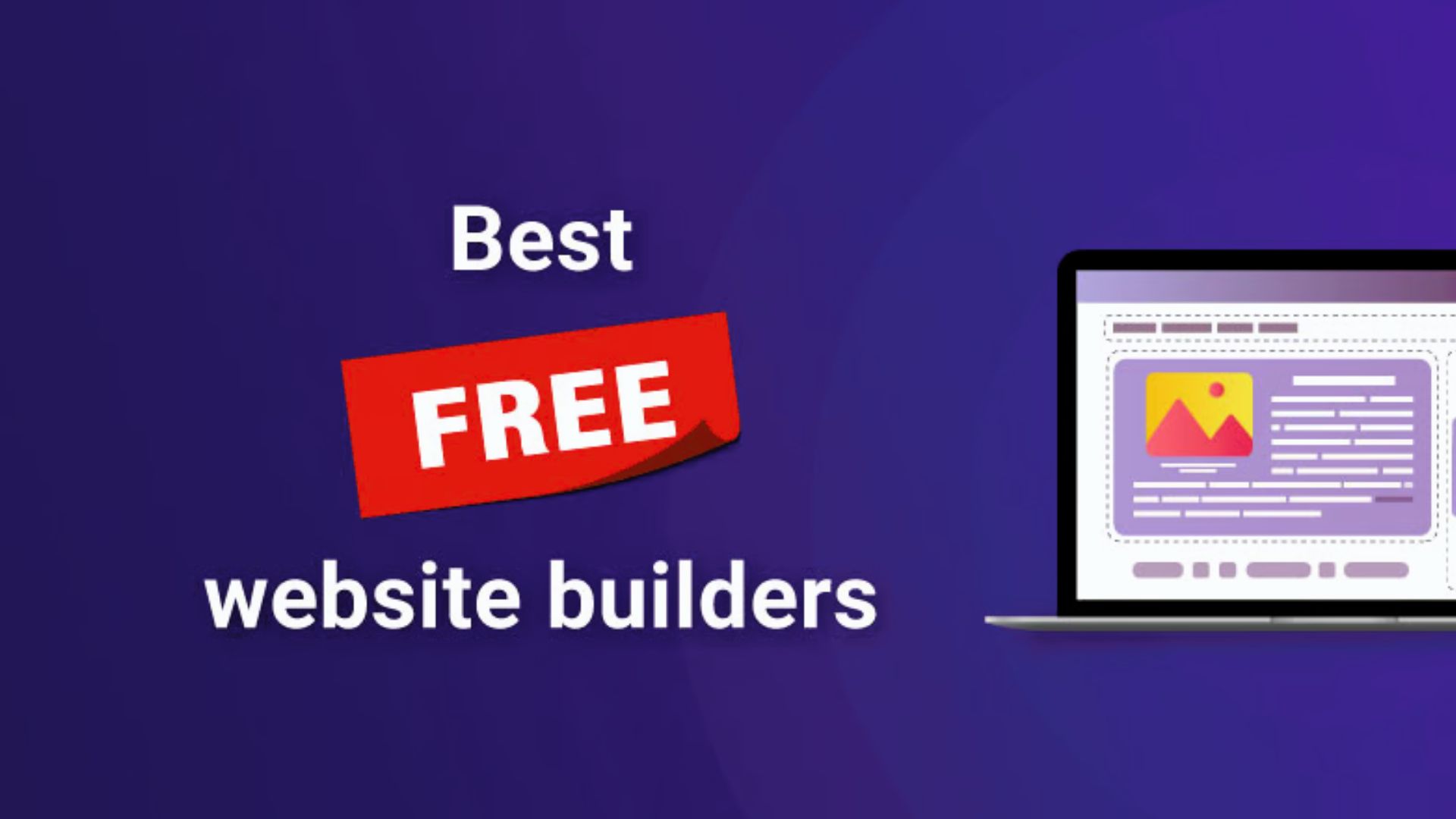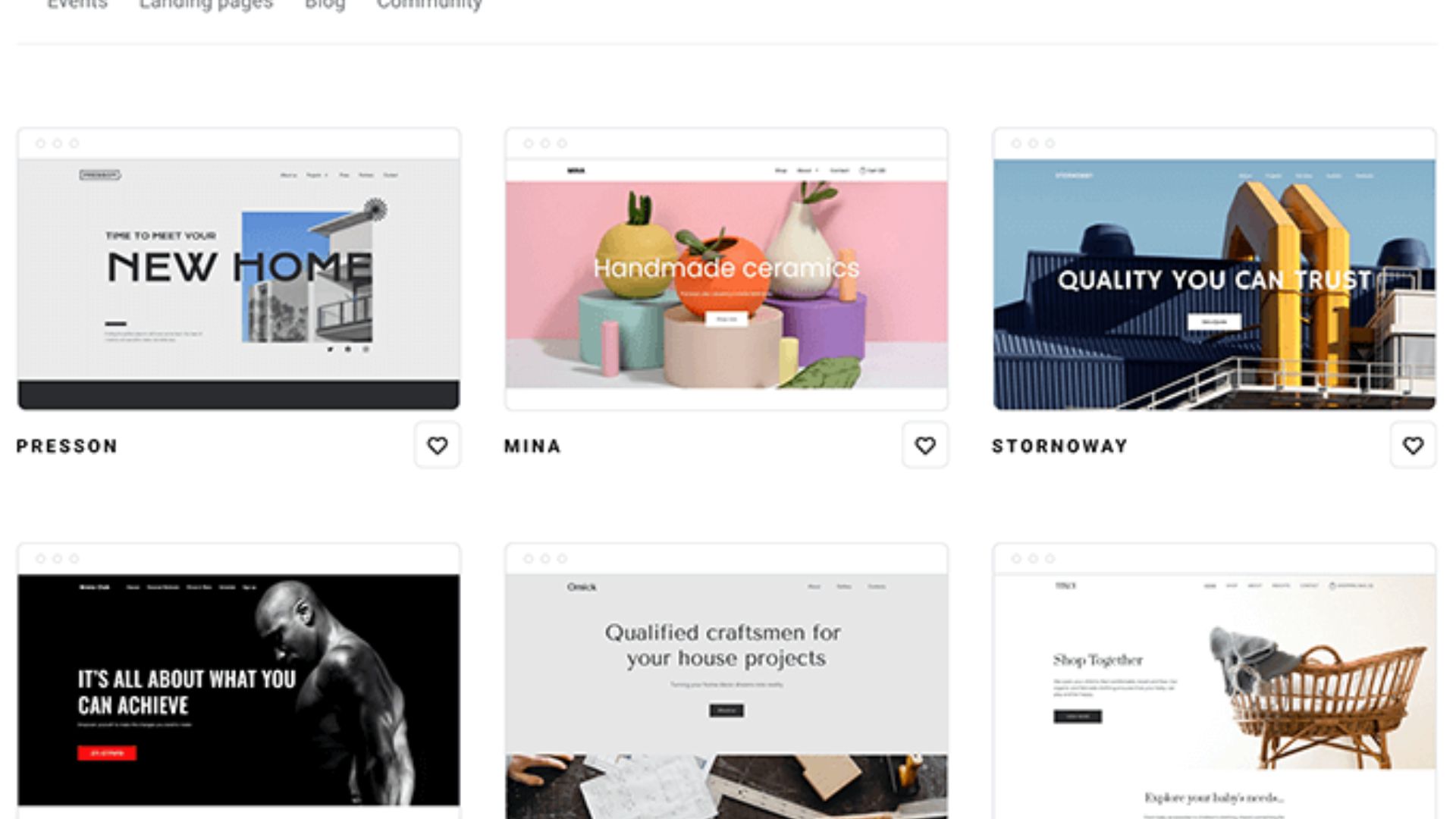Website navigation plays a crucial role in user experience and can greatly impact the success of a website. There are various navigation styles available, each with its own advantages and disadvantages. Here are a few common website navigation styles along with their pros and cons:
- Top Navigation:
– Pros: Top navigation is a widely used and familiar style, making it easy for users to navigate. It allows for a clear and straightforward menu structure, which is particularly effective for websites with a limited number of menu items.
– Cons: Top navigation may become crowded and overwhelming when there are many menu items. Mobile optimization can be challenging if the menu does not collapse smoothly or adapt to smaller screens.
- Side Navigation:
– Pros: Side navigation can provide a more structured and organized approach for websites with a larger number of menu items. It offers ample space for sub-menu items, keeping everything easily accessible without cluttering the main content area.
– Cons: Side navigation can occupy significant screen space and may be less suited for content-heavy websites. On small screens, it can consume excessively vertical space and may require user interaction to access.
- Hamburger Menu:
– Pros: The hamburger menu is a popular choice for responsive design as it saves screen space. It provides a clean and minimalist appearance, especially on mobile devices, allowing the main content to take center stage.
– Cons: The hidden nature of the hamburger menu can lead to lower discoverability of navigation options, potentially impacting user engagement. Users may have to perform an additional tap or click to access the menu, which can be less convenient for specific audiences.
- Mega Menu:
– Pros: Mega menus allow for a visually appealing and informative navigation experience. They offer more space for displaying a range of options, subcategories, or featured content, which can help users discover relevant sections quickly and easily.
– Cons: Implementing a mega menu requires careful planning and design consideration to avoid overwhelming users. Mega menus can slow down page load times and potentially create accessibility challenges if not properly optimized.
- Footer Navigation:
– Pros: Footer navigation serves as a supplementary navigation option, helping users find additional links or information after they have finished consuming the main content. It can be useful for websites with a significant amount of content or for displaying important links consistently across pages.
– Cons: Footer navigation is not always immediately visible to users, and some users might not scroll down to access it. Important navigation options placed solely in the footer can be easily overlooked or ignored.
Ultimately, the choice of website navigation style should be based on the specific requirements and goals of the website, as well as the needs and habits of the target audience. It is crucial to prioritize usability, accessibility, and responsive design principles to ensure a seamless and intuitive navigation experience.










